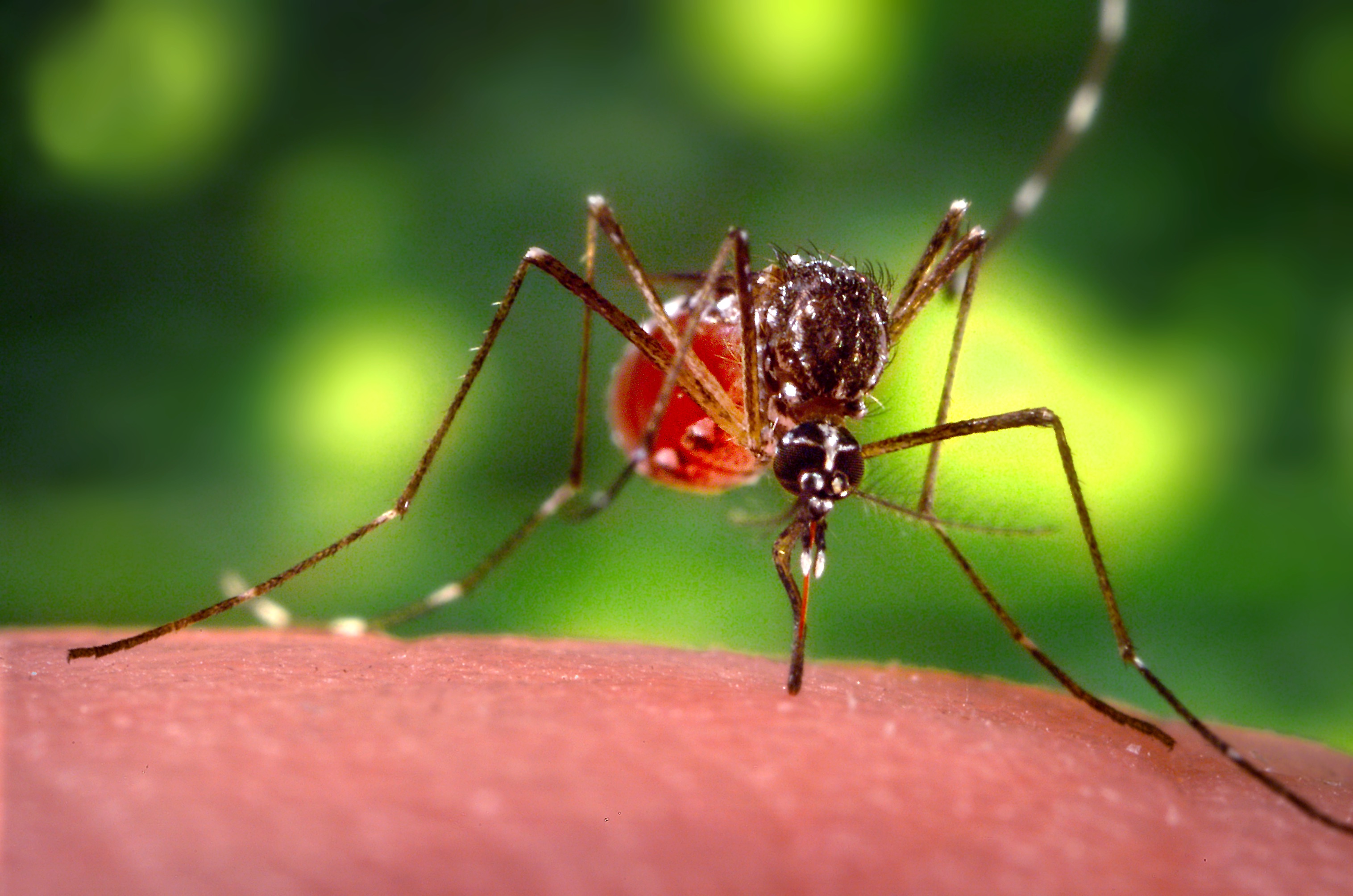4 Florida Zika Cases Were Likely Contracted in the US, Officials Say

Three men and a woman in Florida became infected with the Zika virus, likely after being bitten by mosquitoes in the area, officials said today.
The cases, which are in Miami-Dade and Broward counties, mark the first time that anyone has caught Zika from mosquitoes in the United States. The patients did not travel to another country where Zika is spreading, and did not have sex with a person who had Zika, ruling out these routes of transmission, officials said.
"Zika is now here," Dr. Tom Frieden, director of the Centers for Disease Control and Prevention, said in a news conference today (July 29). Frieden added that these cases are not unexpected. "We've been saying for months...that individual cases and potentially small clusters of Zika are possible in the U.S."
However, so far, no mosquitoes have tested positive for the virus, according to the Florida Department of Health. But officials are going door-to-door to collect urine samples from residents in the area to test for Zika, since people can have the virus without showing symptoms, the department said.
Frieden noted that there is no "test" to confirm that Zika is spreading locally in an area.
"Our best evidence would be if we found Zika in one of the mosquitoes in the area. But that's very difficult to do — it's like finding a needle in a haystack," Frieden said. So officials are proceeding as if there is confirmed local transmission, he said.
"I’m not surprised that they haven’t found positive mosquitoes yet," said Laura Harrington, a professor and chair of the Department of Entomology at Cornell University, who is not involved with the Florida Zika response. "It is normal to have infection rates of approximately 1 in 1,000 mosquitoes during an epidemic of dengue and other mosquito-borne infections transmitted by these Aedes mosquitoes," the type of mosquito that carries Zika, Harrington said.
Get the world’s most fascinating discoveries delivered straight to your inbox.
Officials believe that Zika transmission is occuring in a small area that is about 1 square mile [2.6 square kilometers], the Florida Department of Health said. Steps have already been taken to control mosquitoes in this area, Frieden said. Unlike some other mosquito-borne diseases, Zika is a very focal disease, Frieden added. The Aedes mosquito often doesn’t travel more than 150 meters [492 feet] in its lifetime, he said.
Blood banks in the area have also stopped collecting blood donations until measures are put in place to screen blood for Zika, the Florida Department of Health said. [Zika Virus News: Complete Coverage of the 2016 Outbreak]
Officials are concerned about the Zika virus because if a woman contracts the virus during pregnancy, it can cause a birth defect known as microcephaly, which means the child has an abnormally small head and brain.
Currently, there are no plans to limit travel to the area, the CDC said. However, if people continue to become infected with Zika in the area, even after mosquito-control interventions, then the recommendations might change, Frieden said.
Officials continue to recommend that people take steps to avoid mosquito bites. These include using insect repellent, wearing long-sleeved shirts and pants, making sure that house windows and doors have a screen if they're kept open, using air conditioning when available and removing standing water.
So far, more than 1,600 Americans have been infected with Zika, but until now, all of those cases were acquired overseas or by having sex with a person with Zika, according to the CDC.
Editor's note: This article was updated on July 30 to include quotes from professor Laura Harrington.
Original article on Live Science.

Rachael is a Live Science contributor, and was a former channel editor and senior writer for Live Science between 2010 and 2022. She has a master's degree in journalism from New York University's Science, Health and Environmental Reporting Program. She also holds a B.S. in molecular biology and an M.S. in biology from the University of California, San Diego. Her work has appeared in Scienceline, The Washington Post and Scientific American.
 Live Science Plus
Live Science Plus





